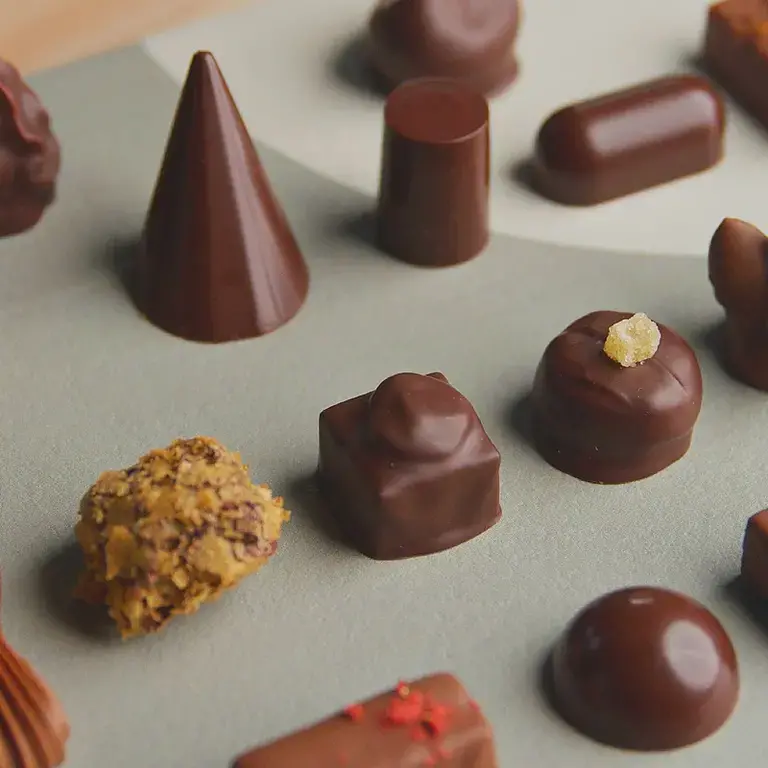Standing in front of the display walls at Montreal’s État de Choc, it’s easy to feel like a kid in a candy store. Then again, this self-described luxury chocolate shop is precisely that, and more.
A French wordplay evoking a ‘state of chocolate’, État de Choc’s owner Maud Gaudreau’s all-chocolate, all-the-time boutique is a unique showcase of bean-to-bar chocolates from across Canada and around the world. With the emphasis on chocolate makers – those who buy and transform cocoa beans, usually ethically sourced – Gaudreau’s own team of chocolatiers use local Québec- and Canadian-made chocolate couverture for their eponymous award-winning bars and other treats.
Gaudreau is onto something: according to the Interamerican Institute for Cooperation on Agriculture, Canadians consume over 160 bars of chocolate per year per person, making them the ninth largest consumers of chocolate in the world, one kilo more than their neighbours to the south.















